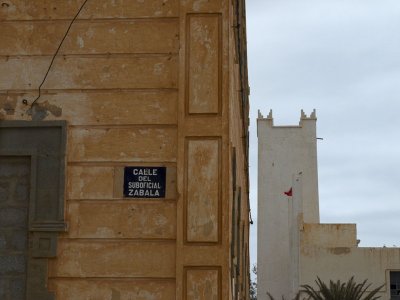
Africa
Alexandria, Egypt, holds significant historical and, cultural importance. Founded by Alexander the Great in 331 BC, Alexandria became a major center of Hellenistic civilization and one of the most prominent cities in the ancient world.
Read more
Sidi Ifni is a small town built in the 1930s. In the middle of the 20th century, it was the capital of the Spanish colonies in northwest Africa. Morocco regained it only in 1969
Read more
In 2023, Russia increased the volume of exports of agricultural products to Algeria by 20%. Over the past 5 years, the indicator has increased almost 5 times.
Read more
Vladimir Putin and Egyptian President Abdel Fattah al-Sisi launched the construction of the fourth power unit of the country's first nuclear power plant via videoconference.
Read more
South Africa belongs to the number of countries with insufficiently favorable conditions for agriculture, which is mainly due to the arid and hot climate, as well as the oversaturation of soils with salts.
Read more
South Africa is one of the largest and most developed economies on the African continent. The country is rich with natural resources and other minerals. Mining is an important part of the economy of South Africa.
Read more
Agriculture accounts for 24.3% of the GDP and 64.3% of the employed population of Tanzania. For a long time, the country has been a net exporter of agricultural products.
Read more
Tanzania's economy has been showing steady growth in recent years. At the same time, GDP per capita by PPP ($3,393.8) remains below the regional average.
Read more
The basis of the DR Congo's economy is the industrial sector, in particular mining. However, the low level of economic diversification makes the country extremely dependent on external factors.
Read more
Agriculture in DR Congo accounts for about 17.4% of GDP and 55.3% of the employed population. Although the majority of the country's population is employed in the agricultural sector, production is based on low-efficiency subsistence farming
Read more











